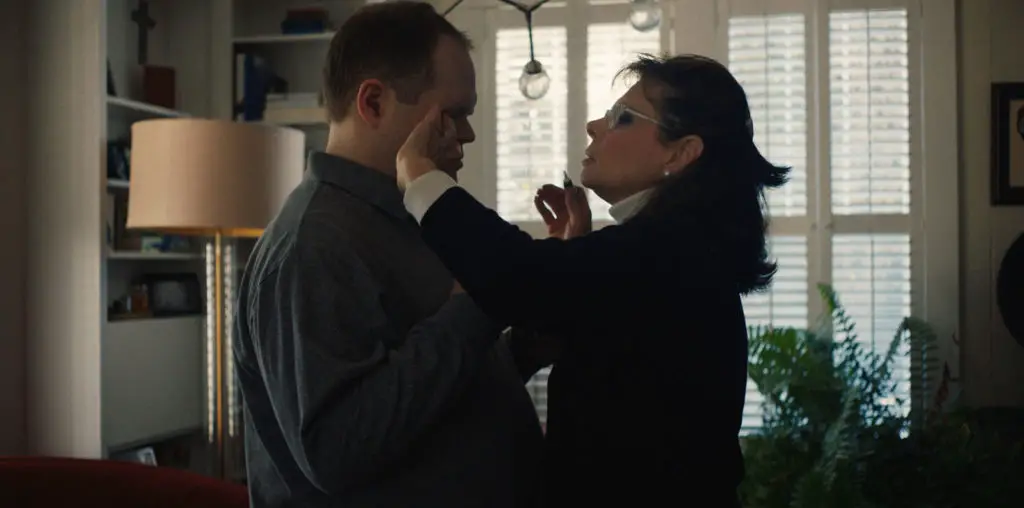
Bless Sir Michael Caine, whose tireless promotional efforts on behalf of “The Quiet American” have ensured that, for now, a select few moviegoers will get to see this tremendous film. Director Phillip Noyce has turned out his toughest, most fulfilling picture ever (at least until Rabbit-Proof Fence came out).
Unfortunately, “The Quiet American” had the misfortune of first being screened on Sept. 10th, 2001 at the Toronto Film Festival. Fear of adverse reaction to its “anti-American” content almost pushed Miramax to bury the film completely, or at least shove it off until this coming January. But positive press reaction and Caine’s persistence have finally paid off in a prime Oscar-season release.
As Caine has repeatedly stressed, this is not an anti-American film – but it is blisteringly critical of the idealistic naiveté that first caused our country to stumble into Vietnam. At this point in our history, knowing what we now know about the war, it’s slightly insane to characterize criticism of America’s actions in Vietnam as unpatriotic. Of course, that wouldn’t ever stop chicken hawks like Rush Limbaugh or Sean Hannity…but the fact remains that our involvement in Vietnam was a horrific catastrophe for all involved, costing 58,000 American and several million Vietnamese lives. It was, in a word, wrong.
The thing is, Graham Greene told us so. He prophesied the entire debacle when his novel The Quiet American was published in 1951. His story was simple on the surface: Thomas Fowler (Caine), a cynical reporter for the London Times in Saigon, is getting on in years, avoiding the messy realities of a bad marriage back in London. Fowler enjoys his opium and the favors of a beautiful young Vietnamese girl, Phuong (Do Thi Hai Yen), until a young American “medical aid worker” named Alden Pyle (Brendan Fraser) shows up, full of cheerful good intentions for Vietnam’s oppressed peasants. Instantly smitten with Phuong, Pyle’s resolve to “save” the country – by simultaneously saving this one innocent girl – only strengthens.
Fowler is torn between his feeling that maybe Pyle could in fact offer Phuong a better life, and his suspicion that Pyle may have ulterior motives. “It’s not that easy to remain uninvolved,” Pyle insists, and for the first time in years Fowler actually does get his hands dirty in the unseemly affairs of war. Soon both men find themselves in the northern battlefield of Phat Diem, confronted with a civilian massacre and a Vietnamese warlord, General The (Quang Hai), who is marshaling his troops against both French and communist forces. General The is what the simpletons in U.S. government are ever so fond of calling a “freedom fighter” – so the essential question becomes: who is really behind this “third force?”
As a piece of acting, “The Quiet American” represents a fitting capper to Caine’s illustrious career; his portrait of a jaded sybarite whom history nudges into conscientious action is among the year’s most moving. And Fraser craftily shades his lumbering do-gooder persona into decidedly darker territory, until the standard roles of “hero” and “villain” are hopelessly tangled. Noyce, working from an incisive adaptation by Christopher Hampton and Robert Schenkkan, combines elements of romance, murder mystery and political intrigue in a film that will likely stand as his masterwork.
The overall tenor, as it must be, is deep sadness. If only more of America’s Alden Pyles had been shaken by their lapels, had the simplistic idealism slapped out of their heads…millions of good people might not have given their lives for what was, from the very beginning, a lost cause.

